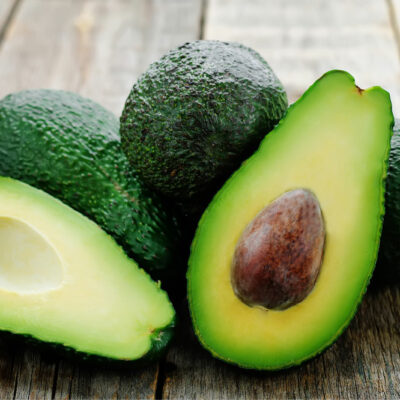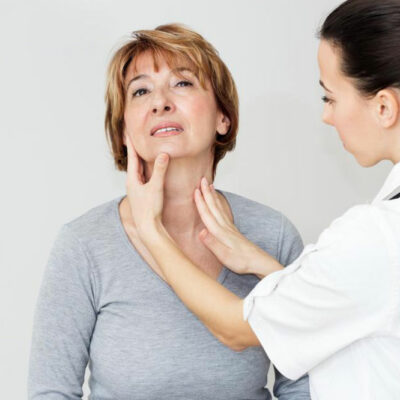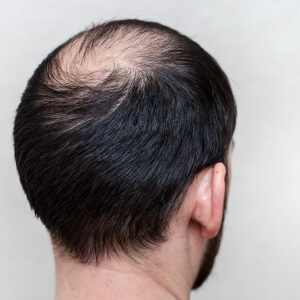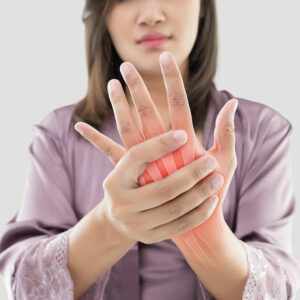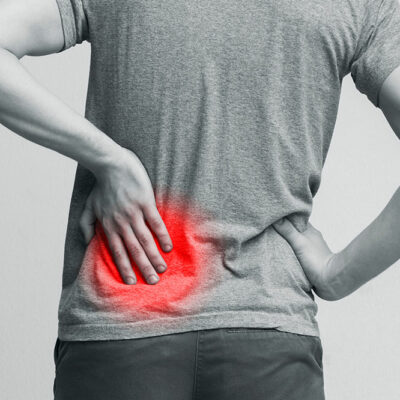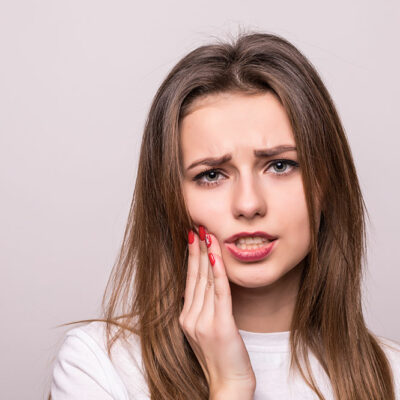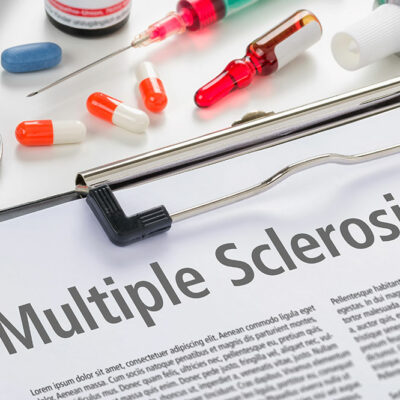
health
6 foods to avoid for managing epilepsy
Epilepsy is a neurological disorder that impacts brain activity and may cause seizures, episodes of unusual behavior, and a lack of awareness. It is a chronic, non-communicable disease that can affect people of all ages, genders, and ethnic groups. Although there is no cure for epilepsy, there are several ways to manage the condition. One of them is avoiding foods that may interfere with treatments. Some common foods to limit with epilepsy include: Caffeine Caffeine is known to stimulate the central nervous system. While there is no conclusive evidence between caffeine and epilepsy, the Epilepsy Society suggests that consuming caffeine may increase the risk of a seizure. Caffeine also interferes with how our bodies break down nutrients and impedes the functioning of formal treatment, leading to more seizures. It is commonly found in coffee, tea, soda, and energy drinks. Artificial sweeteners Certain artificial sweeteners, such as aspartame, have also been reported to increase the risk of seizures. Foods with artificial sweeteners include soda, candy, pudding, packaged baked goods, canned foods, jams, and jellies. However, more studies are required to determine the viability of this relationship. Grapefruit When undergoing epilepsy treatment, avoiding grapefruit and grapefruit juice is important. This is because grapefruit contains compounds that can affect the effects of the therapies and increase the chances of side effects.


